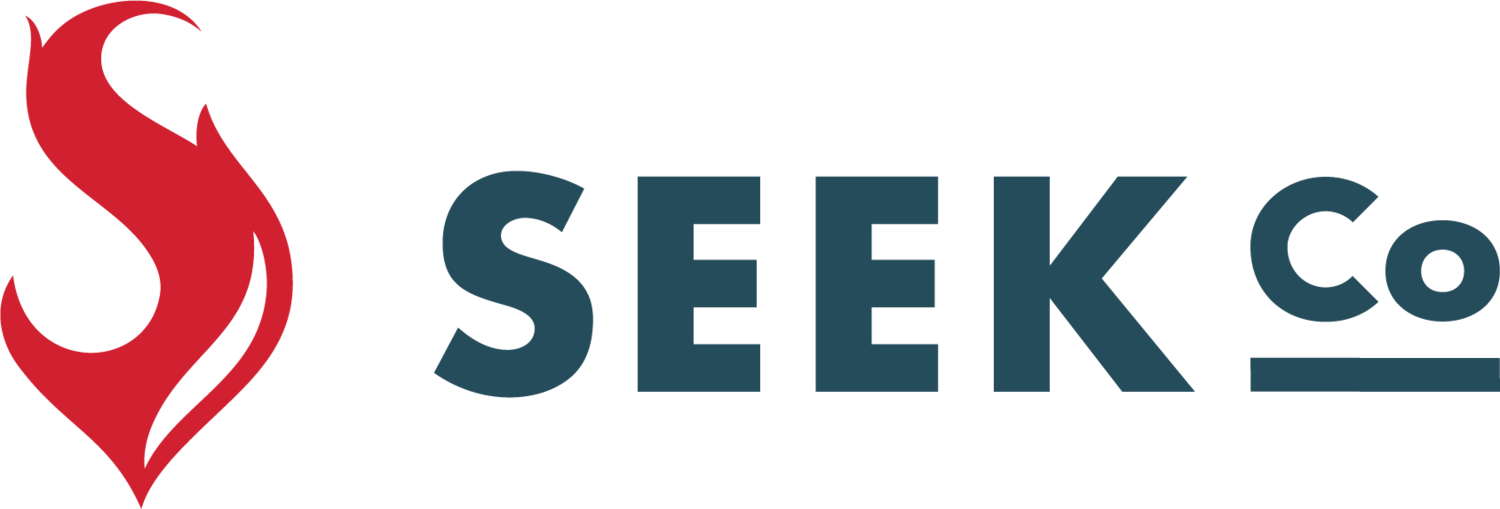The Evolution of Gender Identity in Market Research
During my time working in qualitative research, I’ve walked into several homes and sat on several couches to speak with folks of various backgrounds and lived experiences. Of the many people I’ve had the honor of learning from, I’ve had the honor to speak with several people like myself who are a part of the LGBTQ+ community.
When I interview queer people like myself, there is a kinship in experiencing both the joys of being a part of the LGBTQ+ community as well as the hardships that come with it. And oftentimes, a common tension of those hardships revolves around the lack of representation felt by those who don’t fall into a category – specifically, gender binaries.
“When something can’t be placed in two boxes, we call it nonbinary, meaning ‘not consisting of, indicating, or involving two.’ And when it specifically comes to gender, nonbinary is a word that helps give voice to a diverse range of gender identities.” –Dictionary.com
In the field of researching human behavior, our clients like to know their target audiences – whether that involves segmentation work or simply understanding the nuances between age, market, and more oftentimes, gender. We not only recruit people under these specifics, but we type them and our learnings based on various segmentations.
But what happens when checking the standard “M” or “F” genders doesn’t apply to everyone? And how does this impact the data?
According to a study by Gallup, the number of people in the US who identify as LGBTQ+ has jumped from 3.5% in 2012 to 5.6% in 2020 (approximately a 60% increase). Of those individuals, over 1.2 million LGBTQ+ people in the United States alone identify as nonbinary (according to a study by the Williams Institute).
These targeted audiences are changing. Not only are there people who do not identify as one specific gender, but gender roles are changing, too.
According to a study by the Advocate, “half of Generation Z (and 56 percent of millennials) thinks that traditional gender roles and labels related to the gender binary are outdated. Additionally, over half of respondents believe that, in a decade, gender stereotypes related to occupation, personality, and products will be far less prevalent than they are today.”
Gender is evolving, which means that research must evolve with it.
By continuing to market within the binary and with gender stereotypes in mind, we are missing a larger audience. “...brands have traditionally operated on the belief that consumers are making purchasing decisions based on their gender. Marketing to a person’s gender not only risks alienating other potential consumers—ones who don’t conform to traditional gender roles or interests—but it also shows a failure by the company to mine for deeper insights about its audience.” –The American Marketing Association.
It’s no small feat to shift the way we become more inclusive of minority groups in research; it takes hard work and courage to break stereotypes that have existed for generations in marketing and research. However, when we continue to recruit and analyze data within traditional gender norms, we are missing out on a crucial and significant audience as well as deeper insights that can reach everyone.
A brand I’ve personally seen do this well is Odele. According to their philosophy, “Our 100% natural fragrance is ungendered, and our products are developed based on needs by hair type; not by gender, age, or any other measure. While meeting your standards for salon-grade hair care, we’ve thoughtfully removed the barriers to sharing.” Because of Odele’s gender-neutral colors and communication, my wife – who loathes hyper-feminine products – feels more comfortable displaying Odele front and center in our shower.
When it comes to market research, there is an opportunity to be more inclusive of non-binary consumers by adapting our screening methods to assure we are affirming every person who wants to participate in research and allowing their voices to be heard. From here, we must listen closely to those voices in order to deeply understand how their gender identity influences their behavior as a consumer and how a brand can more accurately see them – and reach them in the marketplace.

